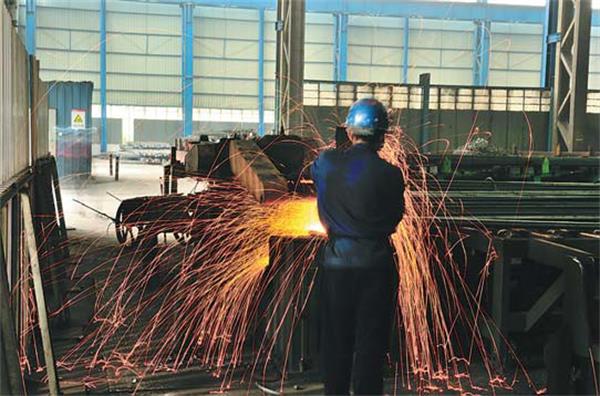 |
|
China's growth target for foreign trade has been set at 6 percent for 2015. Provided to China Daily |
The slowdown of the Chinese economy poses a higher requirement for China to make better use of external production factors. The Chinese mainland is constructing a new type of open economic system featuring inviting in and going out.
The Chinese mainland was the world's largest trader in 2013. The year-on-year increase in the first 10 months of 2014 was 3.4 percent. Although the growth was much lower than previous years, the nation remains one of the fastest-growing traders in the world. While many other major traders have been implementing trade protectionism, the Chinese government still adheres to free trade, taking some pro-import measures. The country will attract more innovative, high added-value and good brand industries.
By November last year, the foreign capital used by the Chinese mainland had increased by 0.7 percent, compared with the 32 percent dip in the European Union in the first half of the year, and a 50 percent fall in Russia and 2 percent decrease in Brazil. About 55 percent of foreign capital used by the Chinese mainland went to the service sector. And foreign enterprises' profit conditions were better than the average level of domestic enterprises.
The Chinese mainland will open more industries and markets to foreign investors, especially in education, finance, culture and public health. Meanwhile, it is drawing up a foreign investment law to strengthen supervision and regulation of foreign-funded enterprises, fight against monopolies and other forms of unfair competition from home and overseas, and protect the interests of investors as well as labor rights.
One noteworthy change is, thanks to the reform of lifting restrictions on overseas investment, the Chinese mainland's outbound investment increased by 17.8 percent year-on-year in the first 10 months of 2014. In contrast, the US' outbound investment decreased by 27 percent, and Japan's outbound investment fell 22.9 percent.
And 75 percent of Chinese enterprises' investment projects overseas are profitable, or at least breaking even.
The Chinese mainland will also let its free trade zones in Shanghai, Guangdong, Tianjin and Fujian play a bigger role in promoting international trade.
Half of the trade among the 160 World Trade Organization members is done through free trade areas, enjoying low tariffs, and more than 60 percent of the FTAs have been built by the 10 largest economies.

I’ve lived in China for quite a considerable time including my graduate school years, travelled and worked in a few cities and still choose my destination taking into consideration the density of smog or PM2.5 particulate matter in the region.